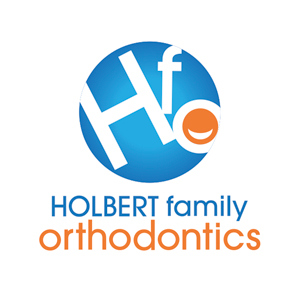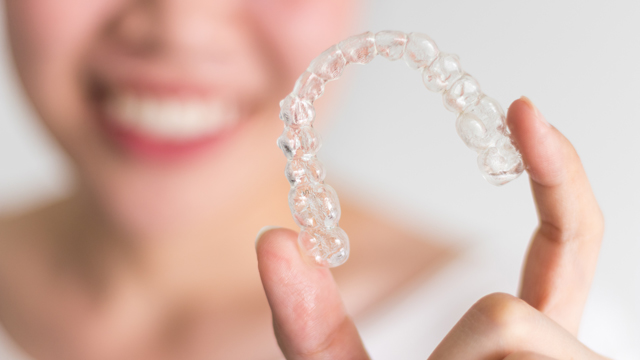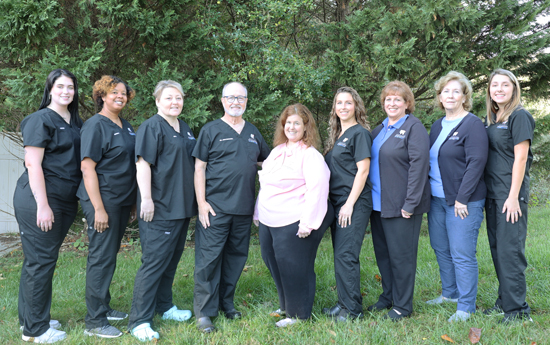As an orthodontist, the question I hear most from kids is, When am I getting my braces off? The one that runs a close second comes from parents: Why are some kids getting braces when they still have baby teeth?
First, this – these opinions are expressly my own and not necessarily held by all orthodontists. That said, not all eight-year-olds need braces or gain a significant benefit from an early phase of treatment. Yes, there are reasons we orthodontists will recommend treatment for younger children, but in general, most children can achieve a nice result with a single course of orthodontic treatment.
 The American Association of Orthodontists recommends that children have an evaluation with an orthodontist around age seven or eight. Though most children don’t require any treatment at this age, it is important to schedule this visit for two reasons. One is to make sure all your child’s teeth are present and developing normally and that there are no problems with your child’s bite or jaw growth. The second is to develop a relationship with an orthodontist. This relationship should be built on the trust you have in the orthodontist and the effort the orthodontist makes to educate you concerning your child’s treatment needs.
The American Association of Orthodontists recommends that children have an evaluation with an orthodontist around age seven or eight. Though most children don’t require any treatment at this age, it is important to schedule this visit for two reasons. One is to make sure all your child’s teeth are present and developing normally and that there are no problems with your child’s bite or jaw growth. The second is to develop a relationship with an orthodontist. This relationship should be built on the trust you have in the orthodontist and the effort the orthodontist makes to educate you concerning your child’s treatment needs.
You may wonder what benefit there is to seeing an orthodontist if your child is already seeing his dentist every six months. Though most family and pediatric dentists do an excellent job spotting orthodontic problems, orthodontists spend an additional two to three years learning to identify and manage problems that can arise during growth and tooth development. Some are obvious, such as crowding of teeth or adult teeth that are not coming in properly, but other problems are not so obvious. These might include the impaction of adult teeth, missing adult teeth, and abnormal or inadequate jaw growth.
It is not unusual for your child’s permanent front teeth to be crooked when they first come into the mouth. Understand that these teeth are bigger than the baby teeth they replace and your child still has a lot of growing to do. Therefore, unless the crowding is severe or the teeth are pushed into an abnormal position like a cross bite, there is often no need for orthodontic treatment at this time.
There are a few problems that you should consider addressing while your child is young: cross-bite of front teeth (upper front teeth are biting behind the lower front teeth and pushing them forward); cross-bite of back teeth (upper back teeth are biting inside of lower back teeth on either one side or both sides); protrusion of upper front teeth, or buck teeth, which are more at risk for trauma and can be the root of teasing; impacted, missing, or misdirected teeth; uneven jaw growth; thumb, finger, or tongue habits which are best eliminated before permanent front teeth erupt. Many of these issues can be corrected or improved with six months to a year of orthodontic treatment.
Unfortunately, delaying a visit to the orthodontist at a young age may lead to problems that are more difficult to treat later. Whether all is well or there are immediate concerns, it is my belief that it is better to know and plan for a problem than to be surprised by it later. It is our job as orthodontists to inform and educate our patients and their parents. Once everyone is well educated, we can come together and decide what would be best for your child and how the timing of treatment might influence the outcome and overall time in braces.







